If you’ve ever needed to secure a heavy load to your trailer, truck bed, or even the back of your SUV, you know the value of a strong and reliable tie-down system. Ratchet tie downs are essential tools for ensuring your cargo stays put, and mastering their use can save time, frustration, and keep you safe on the road. Here’s your complete guide to understanding and using ratchet tie downs like a pro.
1. What Are Ratchet Tie Downs?
Ratchet tie downs are strong straps with a built-in ratcheting mechanism designed to secure cargo. These straps are typically made of polyester webbing and feature hooks or loops at each end. The ratchet mechanism helps to tighten the strap around the cargo securely, providing incredible holding strength.
2. Anatomy of a Ratchet Tie Down
- Ratchet Handle and Mechanism: The lever that allows you to crank and tighten the strap. It locks into place, ensuring your load doesn’t loosen.
- Webbing Strap: Usually made from durable polyester, resistant to abrasion and UV light.
- Hooks: S-shaped or flat hooks attach to anchor points on your vehicle or trailer.
- Release Lever: Allows for quick release of the strap when it’s time to unload your cargo.
3. Choosing the Right Ratchet Tie Down
Selecting the right ratchet tie down for your job depends on:
- Load Weight: Always check the Working Load Limit (WLL) and the Breaking Strength of the strap. Choose straps with a WLL that exceeds the weight of your cargo.
- Strap Length: Make sure the strap is long enough to secure your cargo properly but not so long that it becomes difficult to manage.
- Hook Type: Select the type of hook that works best with your anchor points. Flat hooks may be more stable on trailer beds, while S-hooks work well in confined spaces.
4. Tips for Safe and Effective Use
- Inspect Your Straps Regularly: Look for signs of wear and tear, like frayed webbing or rusted components.
- Avoid Overloading: Never exceed the WLL of your tie downs.
- Use Multiple Straps: For large or heavy loads, always use more than one tie down for extra security.
- Protect Fragile Cargo: Use edge protectors or padding to prevent damage to your cargo from the straps.
5. Common Mistakes to Avoid
- Twisting the Straps: Flat straps hold better. Twisting reduces their strength and can cause them to fray.
- Ratcheting Too Much: Tightening excessively may damage your cargo or the strap. Tighten only until the load is secure.
- Ignoring Strap Maintenance: Wet, dirty, or damaged straps are less effective. Store them properly and clean them when necessary.
6. Storing Your Ratchet Tie Downs
Proper storage is crucial for longevity. Keep your straps in a cool, dry place, and avoid leaving them exposed to the elements for extended periods. Rolling up your straps neatly can also prevent tangling and make them easier to deploy next time.
Mastering ratchet tie downs may take a little practice, but once you’ve got it, securing your cargo becomes a breeze. Remember to prioritize safety and inspect your equipment before each use. Safe travels, and happy hauling!

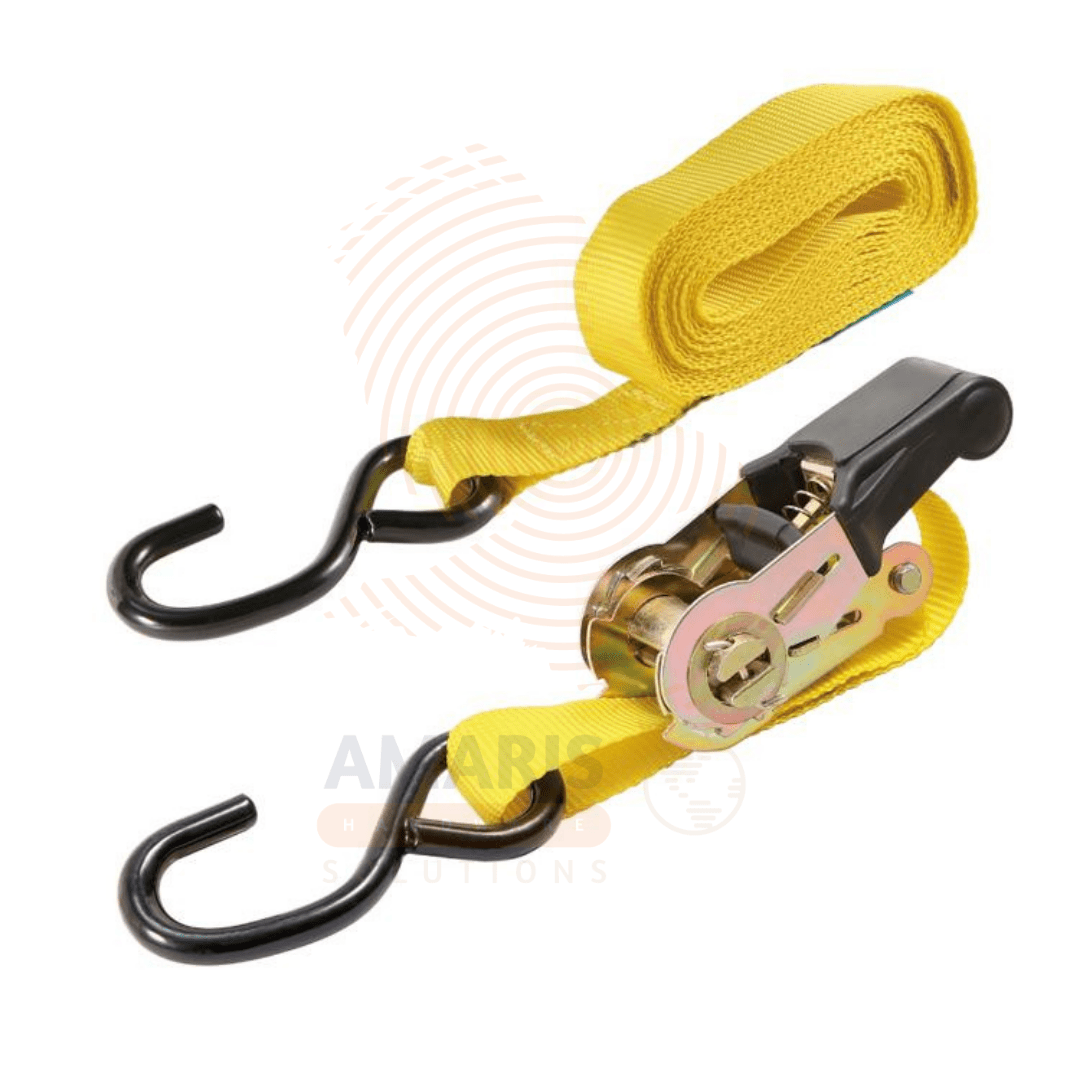
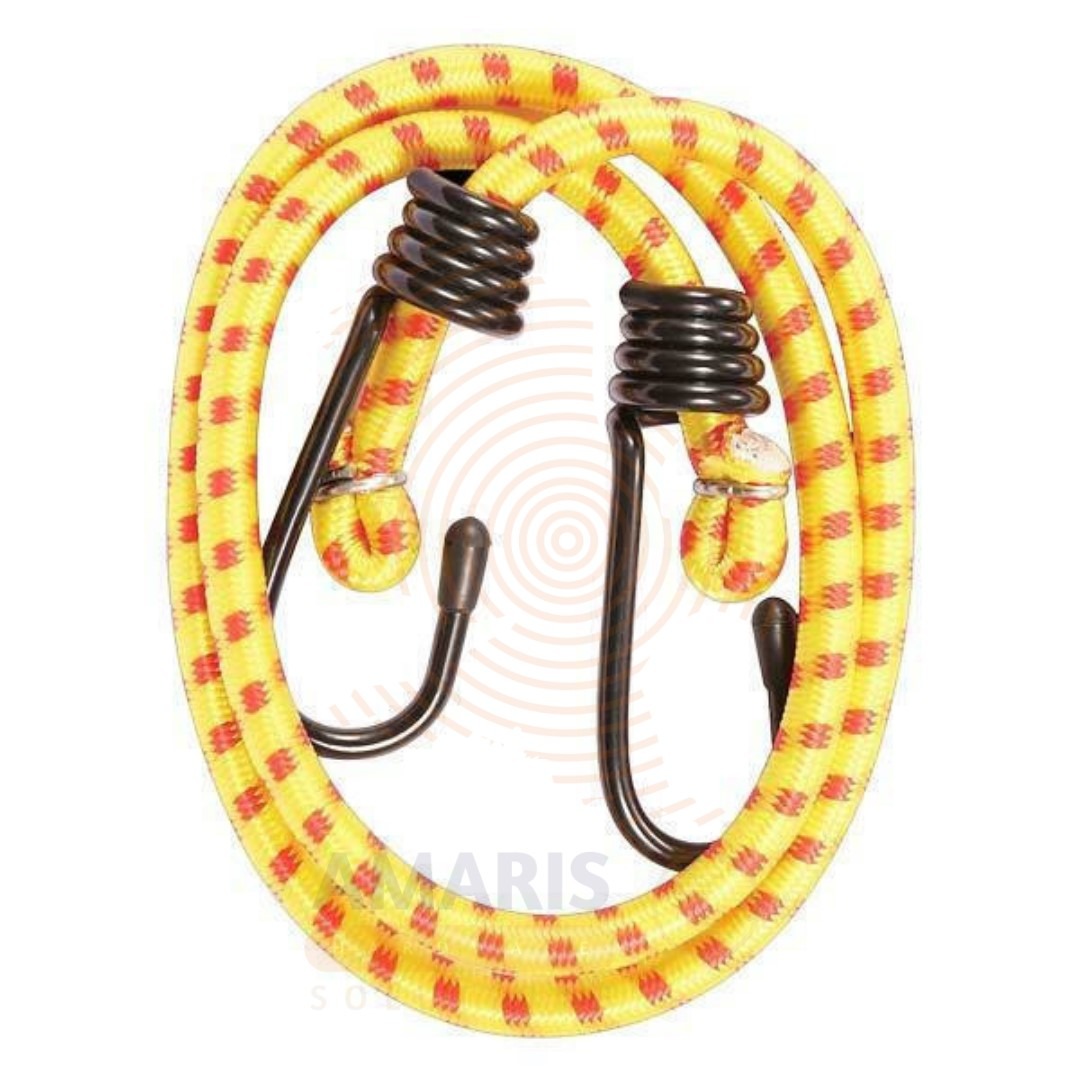
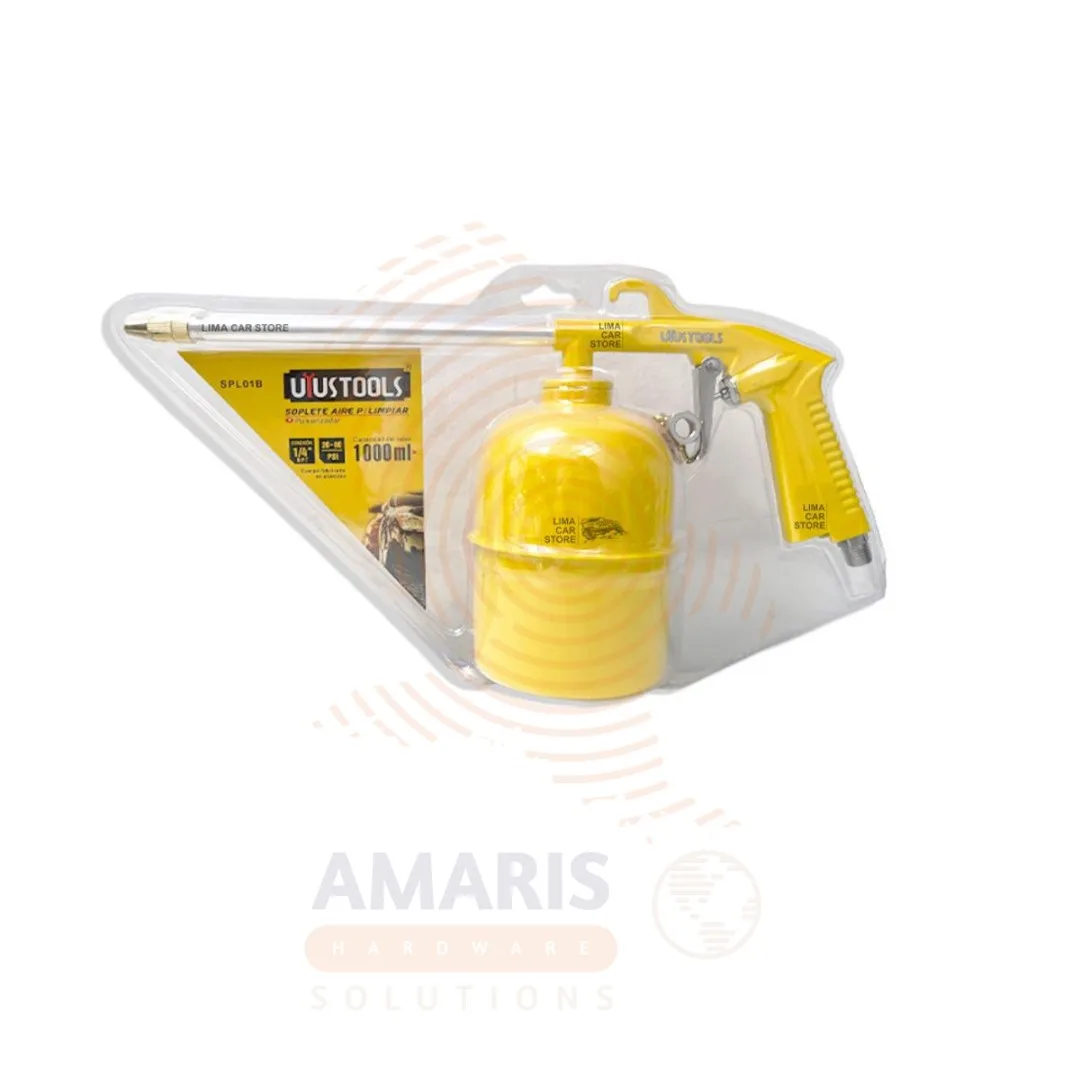
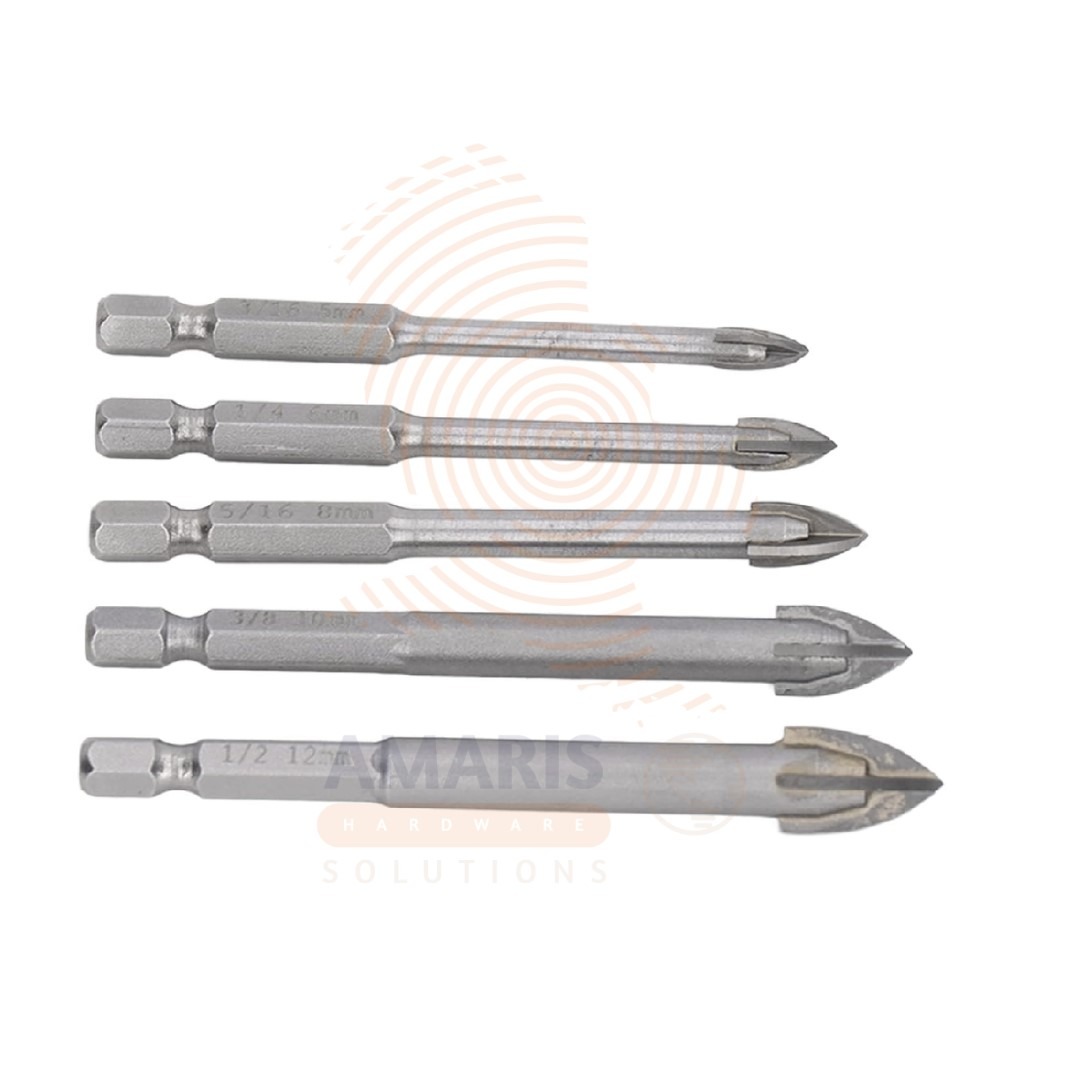
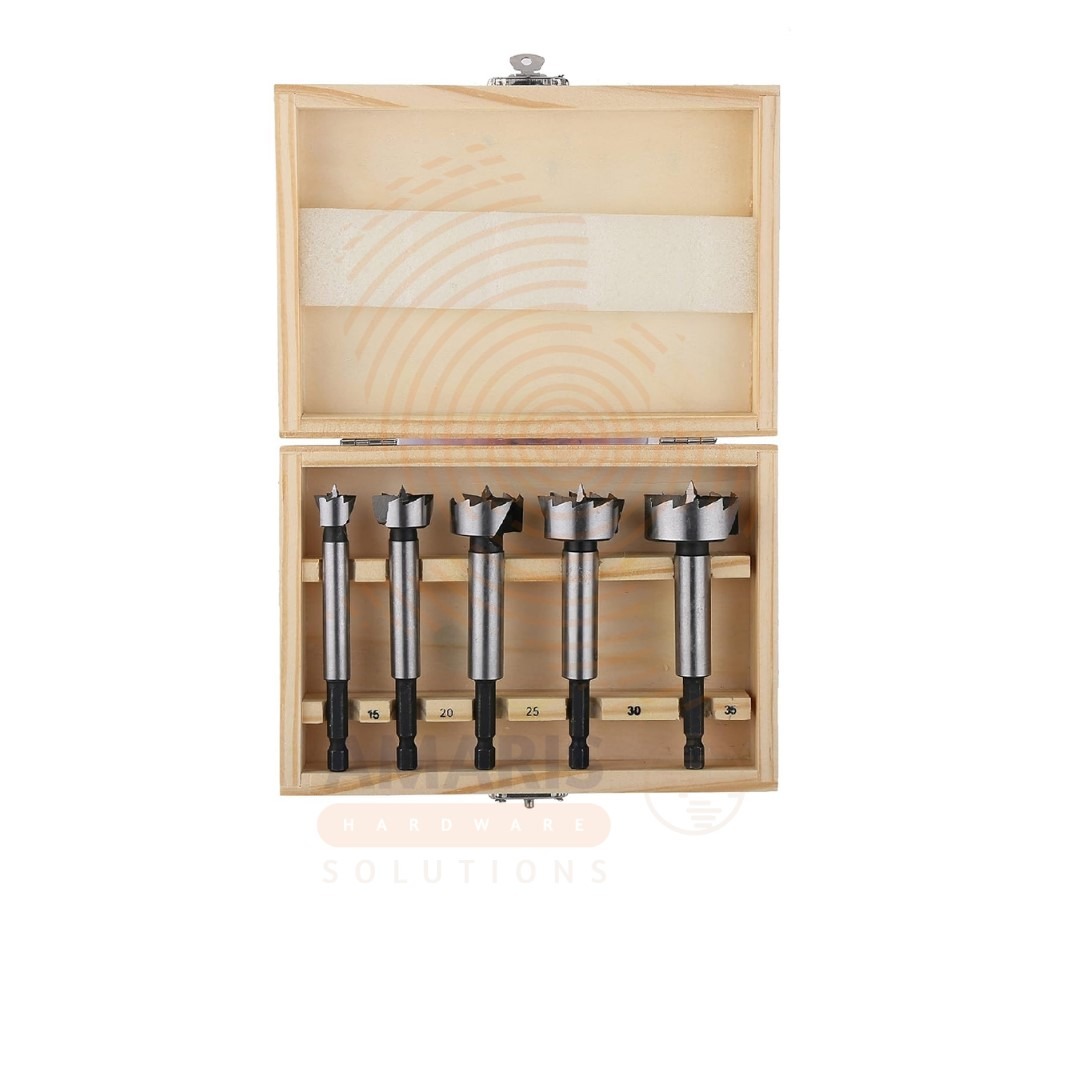
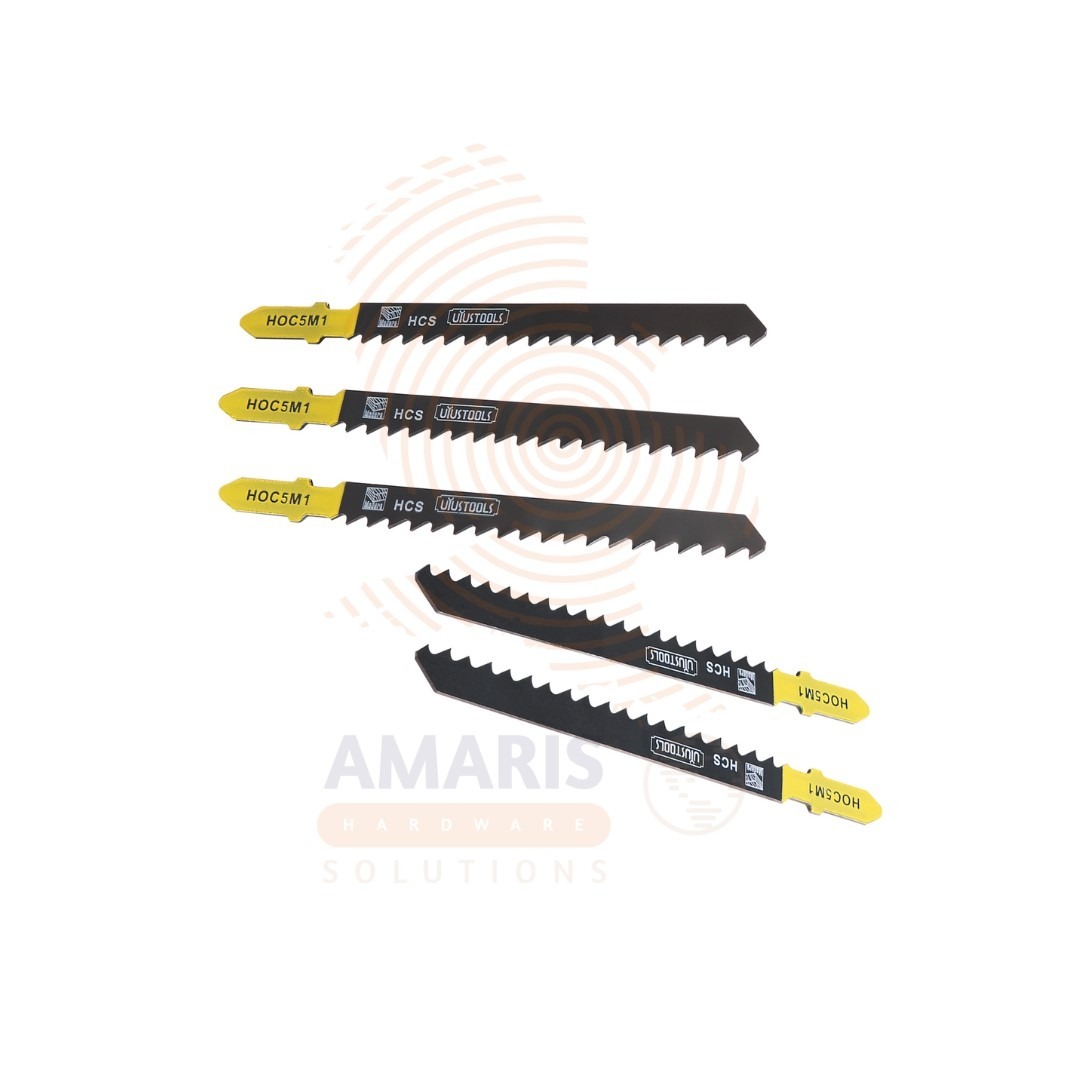
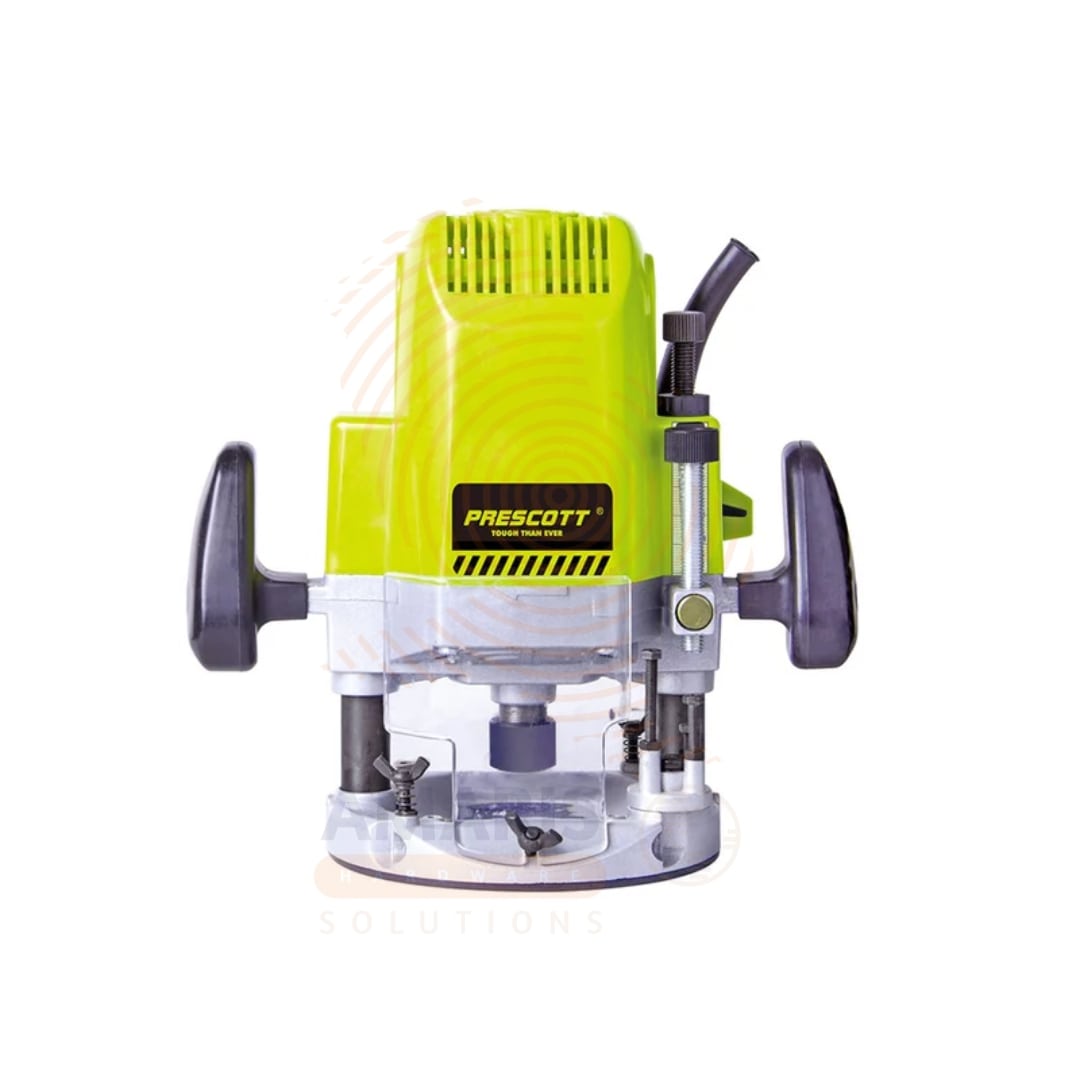
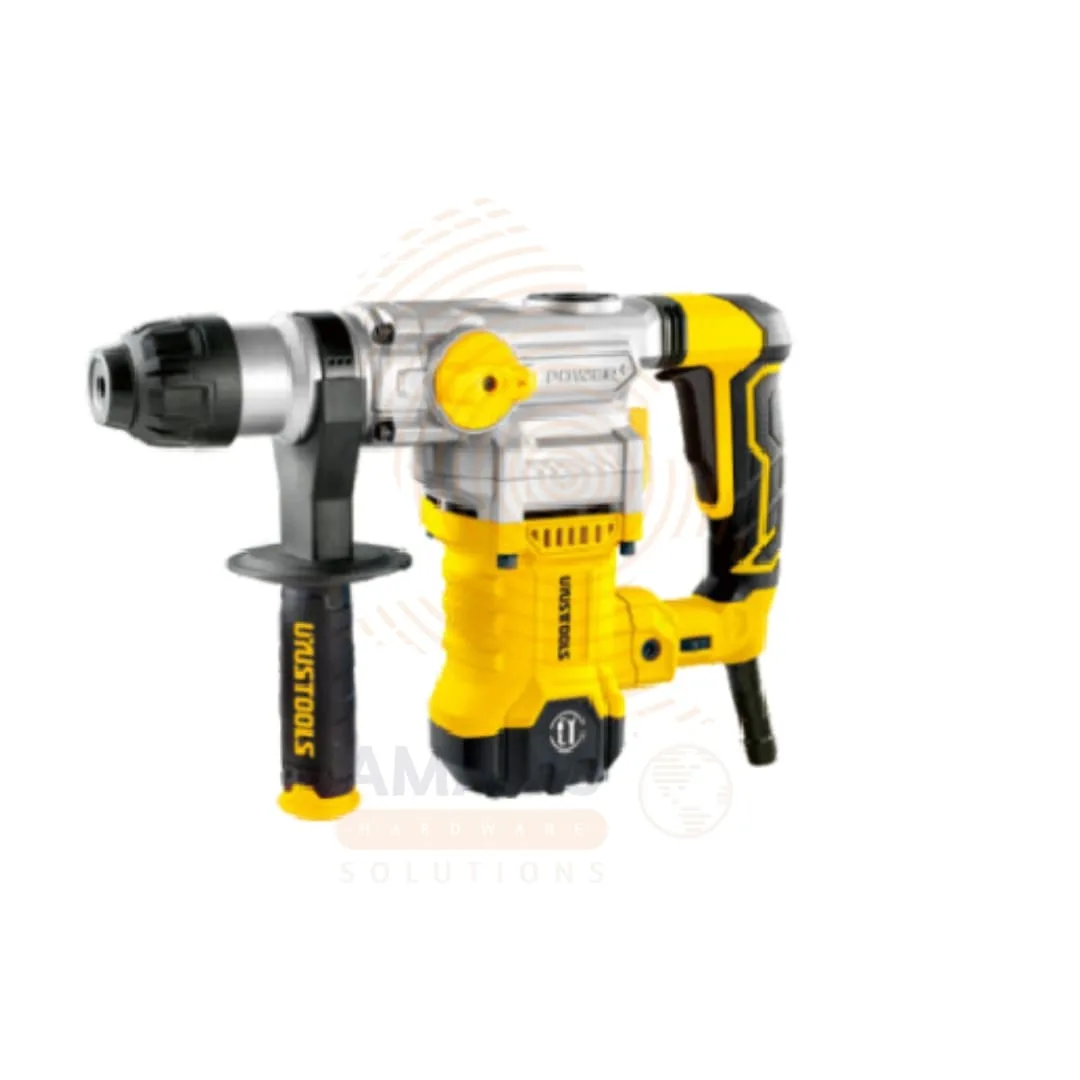

Add comment